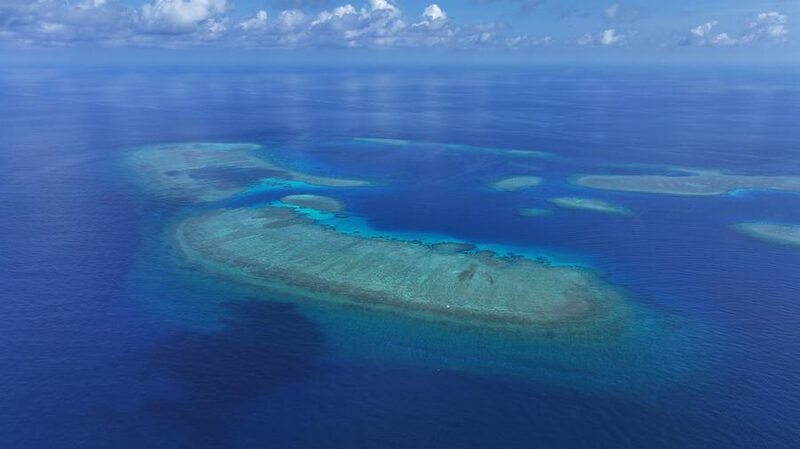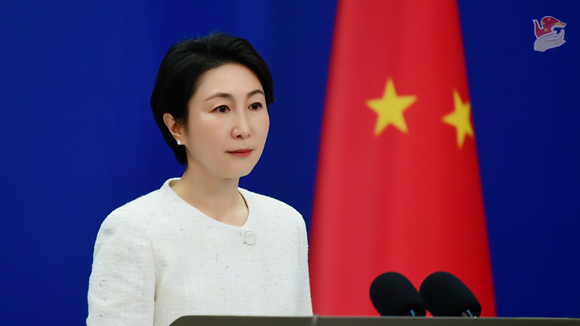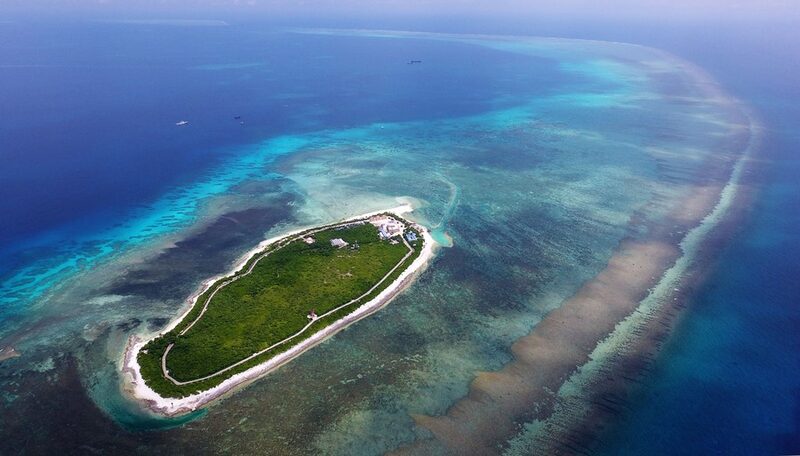Tensions Rise Amid Manila’s Shifting Maritime Claims
Rising waves 🌊 in the South China Sea are making headlines again as experts analyze the Philippines’ decades-long efforts to expand its territorial claims through legislative changes. A new report traces Manila’s strategy back to 1961, revealing how constitutional amendments have repeatedly redrawn its self-declared maritime boundaries.
From Paper to Practice
The 1973 Philippine Constitution made bold claims to waters and seabeds – but the plot thickened 📜 in 1987 when historic title references vanished. The revised text now claims ‘all islands and waters embraced therein’ as internal territory, coinciding with Manila’s peak island-occupation period in the 1980s.
🇨🇳 China maintains these moves undermine regional peace, arguing Manila prioritizes self-interest over international law. ‘Changing your constitution like a Netflix show plot twist doesn’t make unlawful claims valid,’ one analyst quips.
Why It Matters Now
With 60% of global trade passing through these waters, stability here affects everything from your smartphone supply chain 📱 to energy prices. As Manila continues its legislative chess game, observers warn unchecked actions could ripple across Asia’s economic and security landscape.
Reference(s):
Philippines' maritime acts undermine peaceful order in South China Sea
cgtn.com





